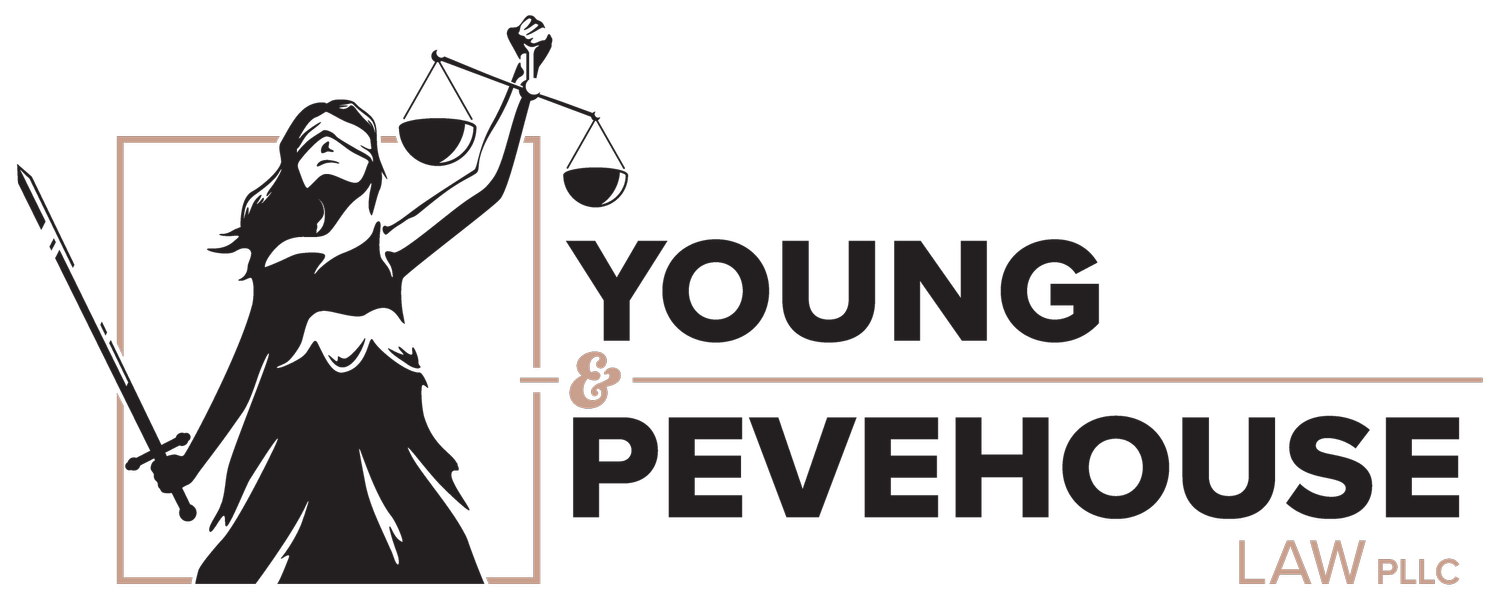Lake & River Boating Safety
In Minnesota, our 10,000+ lakes are a part of our culture. During the hot, humid days of the deep summer, one of our favorite things at our firm is to go to the beach, hang up a hammock by the rivers edge and paddle down the St. Croix in our kayak or canoe at our leisure. We get it! Boating and lake life is a lifestyle here in the Midwest. Jet ski’s, wakeboarding, being pulled behind a speed boat on a tube, we know the joy and excitement it brings.
Let’s be honest, long, lazy summer days on the boat are the stuff of which your winter dreams are made of, but dreams can become nightmares if you don’t take the proper precautions to be sure that you’re boating safely. Whether you’re in a kayak, rowboat, sailing, or cruising in a speedboat, you must make sure that everyone aboard is prepared and the boat is in accordance with safety regulations.
Important new Boating Laws for 2022:
New carbon monoxide law requires certain motorboats to install carbon monoxide detectors and warning stickers by May 1, 2018.
New as of July 1, 2021: driving while impaired. If an operator’s license is revoked, suspended or canceled due to a DWI violation, they cannot legally operate any vehicle, including motorboats.
BOATING SAFETY IMPORTANCE
While safety might not be something you like to think about on vacation, it’s essential. Consider these statistics: The U.S. Coast Guard reported in its 2021 Recreational Boating Statistics that there were 658 deaths from boating accidents, and 2,641 injuries. The total number of accidents was 4,439. The leading contributing factor in fatal boating accidents was alcohol, coming in as a factor in 30 percent of the deaths. Other primary factors included operator inattention, improper lookout, operator inexperience and excessive speed.
If we can take one thing away from these statistics it is this: most of these boating deaths were preventable. 81 percent of the deaths were drownings and of those drowning victims, 90% were not wearing life jackets. As well, 75% of the total deaths took place on boats where the operator had not received boating safety instructions. Only 16% of deaths occurred on vessels where the operator had received a nationally-approved boating safety education certificate. Open motorboats, canoes and kayaks had the highest number of fatalities. Click here to read the 2021 Recreational Boating Statistics.
BASICS TO SAFE BOATING
There are five basics to safe boating:
1. Wear a life jacket and make sure your children wear theirs.
2. Stay sober - Booze and Boating don’t mix! Alcohol is the #1 factor in boating fatalities.
3. Tell a friend where you’re going and when you’ll be back. If you’re not back in a reasonable amount of time, they should call 911 and let the authorities know where to look for you.
4. Be weather aware and don’t let a storm sneak up on you. Delay your trip or head to shore.
5. Boat Smart! Take a boating safety course. Know your boat; stay alert while scanning for dangers; stay seated and low in the boat to prevent falls overboard.
Click here to review the Boating Guide issued by the Minnesota Department of Natural Resources. The most important thing when it comes to choosing a life jacket is to be sure that it fits properly. Here are some quick tips for checking the size on your life jacket:
LIFE JACKET
Read the manufacturer’s label on the jacket, which will tell you whether the life jacket is right for your size and weight. When the jacket is properly fastened, hold your arms over your head. Have a friend gently pull upwards on the tops of the arm openings. When pulled up, there should not be excess room above the openings, and the jacket should not be up over your chin or face.
There are different types of life jackets that are designed for different boating conditions. Choose the one that is correct for the type of boating you’ll be doing. Also, make sure that you have properly sized life jackets for children if you will have children on board. Adult-sized life jackets are not made for children and would not protect one in the event that s/he goes overboard.
A life jacket is designed to keep your head above water and stay in a position that will allow you to breathe freely. The U.S. Coast Guard requires that every boat is equipped with a properly-fitting life jacket for each person aboard. If your boat is more than 16 feet, it must also be equipped with a Type IV throwable device.
The Boating Education Division of the Minnesota Department of Natural Resources offers Minnesota boat safety courses that are approved by the National Association of State Boating Law Administrators. Click here to be directed to their website to learn more about the safety courses, laws and regulations surrounding boat and water safety and recent news releases surrounding the topic.
LOWER ST. CROIX RIVER: NO WAKE ZONE
NO WAKE or slow no-wake speed means the slowest possible speed to maintain steerage, but no greater than 5 mph.
The rule requires that watercraft operate at slow, no-wake speeds, river wide, once the river reaches 683.0 feet MSL (Mean Sea Level) as measured at the gauge at Stillwater. Failure to comply may result in a citation from law enforcement patrols on the water. Once the river levels drop below 683.0 feet, the restrictions are lifted but boaters are cautioned that there continues to be hazards and shoreline erosion potential. In plain terms, this means no wake within 100 feet of shore, including islands, no wake within 100 feet of swimmers and no wake in marked areas. You may not tow water skiers, tubes or similar devices anywhere on the lower St. Croix between sunset and sunrise, in any of the slow speed or slow - no wake zones and more information on this can be found on the St. Croix Boating Rules Information Sheet.
The St. Croix River is a special area, and boaters using the river have special responsibilities. The water surface use regulations that are in effect on the St. Croix have been adopted by the Minnesota DNR, the Wisconsin DNR, and the National Park Service in order to make the river experience more enjoyable for more people
In 1986 the St. Croix high water no-wake rules were implemented to apply to the 52 mile river stretch from the dam at Taylors Falls to Prescott. The measures were put in place to help protect boaters from flood related hazards such as floating debris and river currents. They also help minimize damage to shorelines, levees, and islands which are more vulnerable to damage from wakes during high water events.
DEPARTMENT OF NATURAL RESOURCES INFORMATION
Click here to review the Minnesota Department of Natural Resources Minnesota Lake and River Use Restriction Summary to see the boating restrictions for your specific County in Minnesota.
Once you’re equipped with life jackets, have taken a boat safety course and have had your boat checked to be sure that all of its equipment is in working order, you still have a few things to prepare before you get out on the water.
The Minnesota Department of Public Safety has a set of boating regulations listed on its website that you can use to be sure that you’re ready to set sail. Enjoy your time out on the water!

